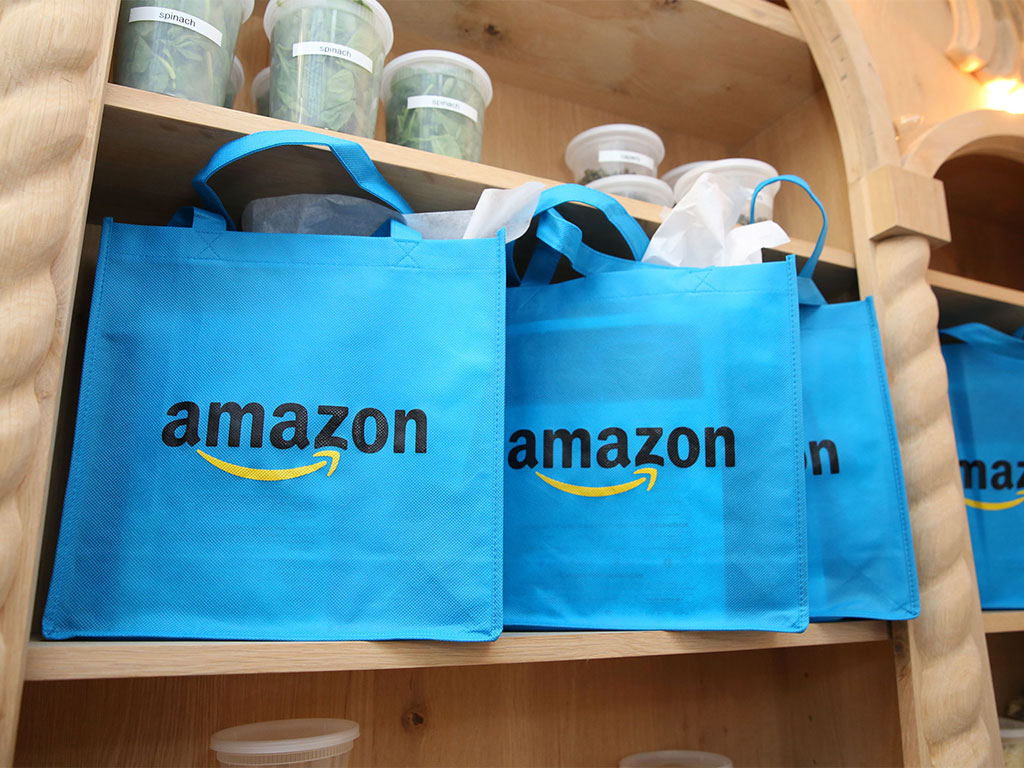Amazon Go’s ‘just walk out’ principle redefines the physical shopping experience
Amazon’s new Amazon Go store experience is simplifying shopping for tech-savvy, time-pressed shoppers

Amazon Go allows customers to walk in, take what they want, and leave without paying. Payment is collected from an Amazon account after leaving
Retail giant Amazon has unveiled what it sees as the future of brick-and-mortar shopping. Amazon Go is a new shop that enables shoppers to ‘just walk out’. The shop, which has opened for beta testing in Seattle, sells fresh food and groceries, as well as ready-to-go breakfast, lunch and dinner options.
The shop is a manifestation of hybrid technology, using a combination of location services, integrated payments, image recognition, multiple sensor technology, AI and machine learning. Essentially, shoppers use the associated free smartphone app to sign in to the store via a sensor at the door. Then, as they shop and pick items off the shelves, video surveillance and infrared sensors track and log their purchases. Once they have collected everything they require, customers simply leave, without the need for a cashier. The company analyses their virtual shopping cart and bills their Amazon account, sending the customer a receipt for their purchases.
For shoppers, the new technology has introduced greater simplicity to the shopping experience – no more queues, no more payment hassles. For the retailer, shoplifting is essentially eliminated.
For all its positive attributes, however, Amazon’s creation raises potential privacy concerns. By tracking all of your shopping behaviours, Amazon has key insight data into product placement and customer interaction. With this information the company is in a position to be able to develop its services to enable individualised customer experiences. Amazon can track patterns of consumer behaviour by tracking the direction taken to peruse the store, and can track the order of products picked up through advanced facial recognition software. This information can then be used to tailor the products on offer, pricing strategies and product placement throughout the store, but may worry privacy advocates.
For the retailer, shoplifting is essentially eliminated
However, it is not a novel concept for a company to be focused on the subconscious processes behind retail-based decision making. Companies such as Deloitte have been involved in research into consumer behaviour and the effect of the proliferation of digital technology in retail for years. Similarly, AI systems have long been used in casinos to spot banned gamblers and cheaters.
As Wayne Gretkzy once said: “The secret to success in hockey is not being where he puck is; it is being where the puck is going to be.” Amazon has modelled its business in line with this mentality and, so far, it has paid off. With a focus on investment and innovation, Amazon has refrained from pigeonholing itself in the market, and instead branded itself as a revolutionary explorer in the tech age. From an online bookseller in 1998, Amazon Go epitomises the phenomenal growth of the pioneering company.
“What if we could create a shopping experience with no lines and no checkout?”, asked Amazon in a statement published on its website, “Could we push the boundaries of computer vision and machine learning to create a store where customers could simply take what they want and go?” The answer has been a confident ‘yes’. Amazon employees can already shop at the first store, which will be open to the public early next year.













